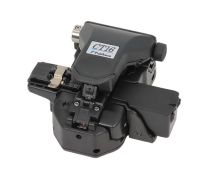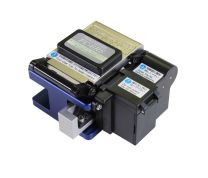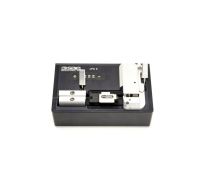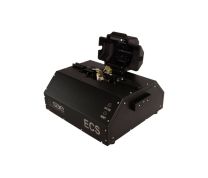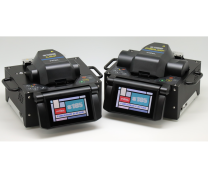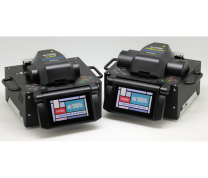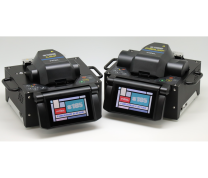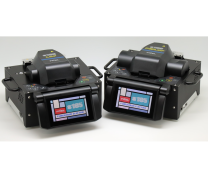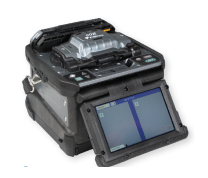Fiber Optic Center will be at at the EPIC Technology Meeting on Specialty Optical Fibers: New Designs and Novel Applications - Schedule your meeting today
Fiber Optic Splicing
Optical Fiber Splicing has two methods: mechanical or fusion. Light passing through joined fibers cannot be scattered or reflected. 1) Mechanical splicing does not require a fusion splicer, joining fibers so light can pass from one to another introducing higher reflection than fusion method. 2) Fusion splicing has longer life than mechanical by fusing the cores with less attenuation, producing transparent, non-reflective, continuous connection enabling low loss light transmission. Field installations use splicing to restore fiber optic cables when buried cable is accidentally severed.
Read More Fiber Optic Splicing
Optical Fiber Splicing has two methods: mechanical or fusion. Light passing through joined fibers cannot be scattered or reflected. 1) Mechanical splicing does not require a fusion splicer, joining fibers so light can pass from one to another introducing higher reflection than fusion method. 2) Fusion splicing has longer life than mechanical by fusing the cores with less attenuation, producing transparent, non-reflective, continuous connection enabling low loss light transmission. Field installations use splicing to restore fiber optic cables when buried cable is accidentally severed.
Shop

